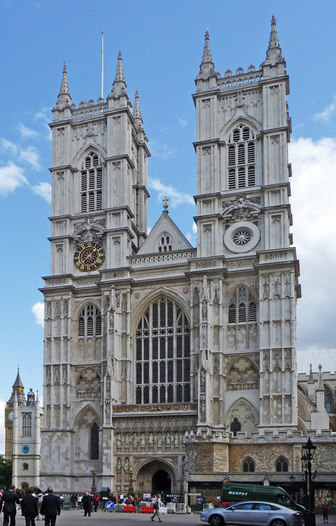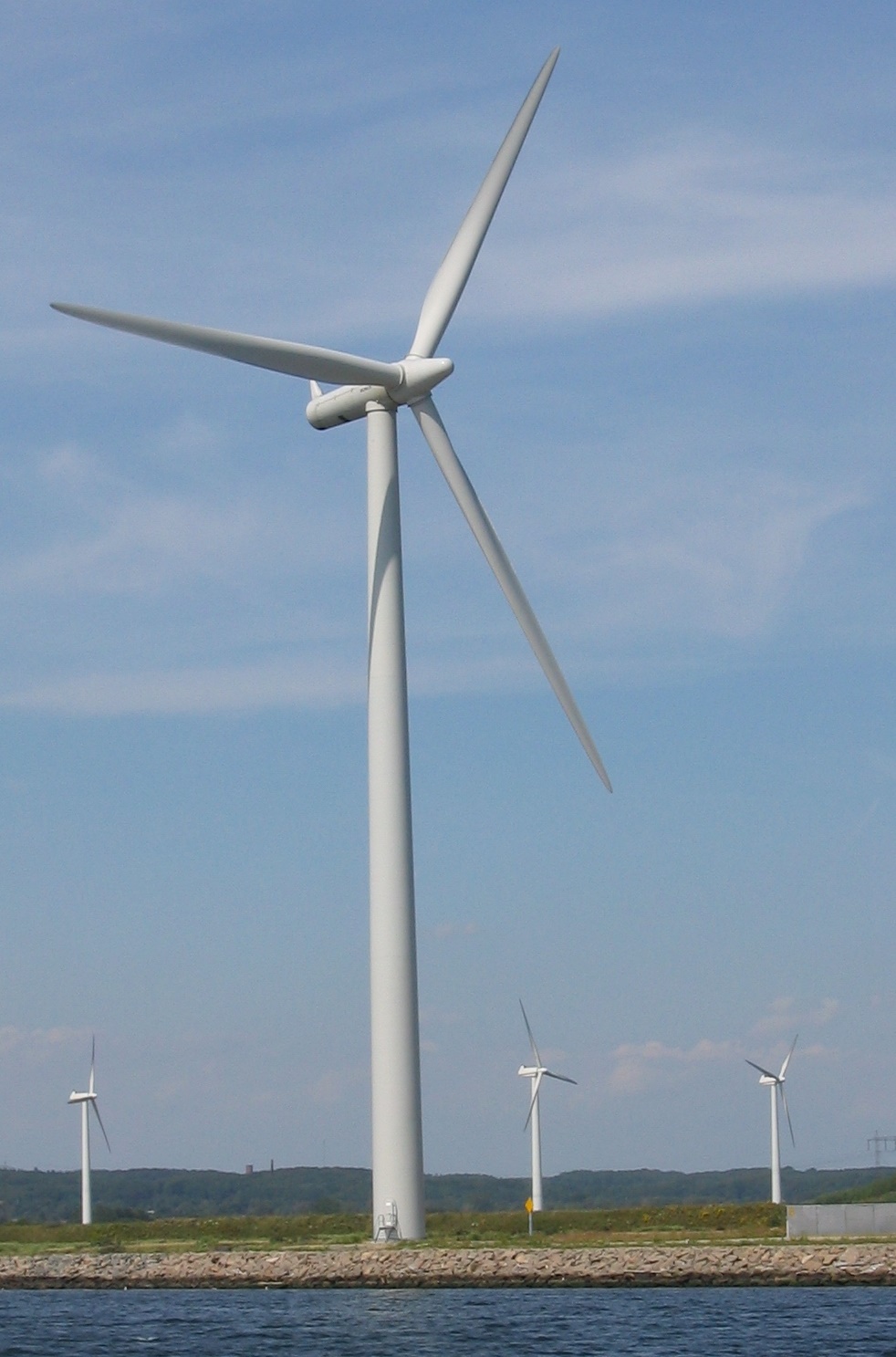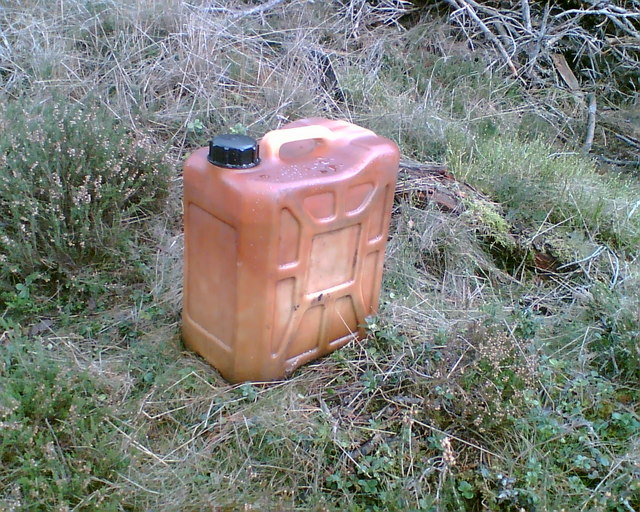|
Crown Oil
Crown Oil Ltd, also trading as Crown Oil Fuels and Lubricants or simply Crown Oil, is a fuels and lubricants distribution company located in Bury, Greater Manchester, England. The fuel distributor specialises in national supply of diesel, gas oil, kerosene and lubricants among other fuels and oils to the commercial and domestic market in the United Kingdom. Crown Oil has depots in six locations around the UK, including Bury, Birmingham, Iver, and three in Greater London with the Bury depot being the main depot that the fuel supplier operates from. History Crown Oil began trading in 1928 and was owned by Harry Greensmith, affectionately known as "Harry Lamp Oil". Greensmith traded door-to-door from a wooden cart, providing household goods such as firelighters, candles, and lamp oil (kerosene). After World War II, Greensmith expanded the product range of the company to include the bulk supply of fuels and lubricants. The name Silver Crown Oil Distributors was used from around ... [...More Info...] [...Related Items...] OR: [Wikipedia] [Google] [Baidu] |
Privately Held Company
A privately held company (or simply a private company) is a company whose shares and related rights or obligations are not offered for public subscription or publicly negotiated in the respective listed markets, but rather the company's stock is offered, owned, traded, exchanged privately, or Over-the-counter (finance), over-the-counter. In the case of a closed corporation, there are a relatively small number of shareholders or company members. Related terms are closely-held corporation, unquoted company, and unlisted company. Though less visible than their public company, publicly traded counterparts, private companies have major importance in the world's economy. In 2008, the 441 list of largest private non-governmental companies by revenue, largest private companies in the United States accounted for ($1.8 trillion) in revenues and employed 6.2 million people, according to ''Forbes''. In 2005, using a substantially smaller pool size (22.7%) for comparison, the 339 companies on ... [...More Info...] [...Related Items...] OR: [Wikipedia] [Google] [Baidu] |
Heywood, Greater Manchester
Heywood is a town in the Metropolitan Borough of Rochdale, Greater Manchester, England, in the historic county of Lancashire. It had a population of 28,205 at the 2011 Census. The town lies on the south bank of the River Roch, east of Bury, southwest of Rochdale, and north of Manchester. Middleton lies to the south, whilst to the north is the Cheesden Valley, open moorland, and the Pennines. Heywood's nickname is Monkey Town. The Anglo-Saxons cleared the densely wooded area, dividing it into heys or fenced clearings. In the Middle Ages, Heywood formed a chapelry in the township, around Heywood Hall, a manor house owned by a family with that surname. Farming was the main industry of a sparsely populated rural area. The population supplemented their incomes by hand-loom woollen weaving in the domestic system. The factory system in the town can be traced to a spinning mill in the late 18th century. Following the introduction of textile manufacture during the Industrial R ... [...More Info...] [...Related Items...] OR: [Wikipedia] [Google] [Baidu] |
West London
West London is the western part of London, England, north of the River Thames, west of the City of London, and extending to the Greater London boundary. The term is used to differentiate the area from the other parts of London: North London, East London and South London. West London was part of the historic county of Middlesex. Emergence Early West London had two main focuses of growth, the area around Thorney Island, site of Westminster Abbey and the Palace of Westminster, and ribbon development heading west - towards Westminster - from gates in the walls of the City of London. In the 17th century these areas of growth would be linked by high status new developments, which formed a focal point in their own right, later becoming known as the West End of London. Initial growth at Thorney Island, Westminster The development of the area began with the establishment of the Abbey on a site then called Thorney Island, the choice of site may in part relate to the natural ford ... [...More Info...] [...Related Items...] OR: [Wikipedia] [Google] [Baidu] |
Buckinghamshire
Buckinghamshire (), abbreviated Bucks, is a ceremonial county in South East England that borders Greater London to the south-east, Berkshire to the south, Oxfordshire to the west, Northamptonshire to the north, Bedfordshire to the north-east and Hertfordshire to the east. Buckinghamshire is one of the Home Counties, the counties of England that surround Greater London. Towns such as High Wycombe, Amersham, Chesham and the Chalfonts in the east and southeast of the county are parts of the London commuter belt, forming some of the most densely populated parts of the county, with some even being served by the London Underground. Development in this region is restricted by the Metropolitan Green Belt. The county's largest settlement and only city is Milton Keynes in the northeast, which with the surrounding area is administered by Milton Keynes City Council as a unitary authority separately to the rest of Buckinghamshire. The remainder of the county is administered by Buck ... [...More Info...] [...Related Items...] OR: [Wikipedia] [Google] [Baidu] |
Biodiesel
Biodiesel is a form of diesel fuel derived from plants or animals and consisting of long-chain fatty acid esters. It is typically made by chemically reacting lipids such as animal fat (tallow), soybean oil, or some other vegetable oil with an alcohol, producing a methyl, ethyl or propyl ester by the process of transesterification. Unlike the vegetable and waste oils used to fuel converted diesel engines, biodiesel is a drop-in biofuel, meaning it is compatible with existing diesel engines and distribution infrastructure. However, it is usually blended with petrodiesel (typically to less than 10%) since most engines cannot run on pure Biodiesel without modification. Biodiesel blends can also be used as heating oil. The US National Biodiesel Board defines "biodiesel" as a mono-alkyl ester. Blends Blends of biodiesel and conventional hydrocarbon-based diesel are most commonly distributed for use in the retail diesel fuel marketplace. Much of the world uses a system know ... [...More Info...] [...Related Items...] OR: [Wikipedia] [Google] [Baidu] |
Data Center
A data center (American English) or data centre (British English)See spelling differences. is a building, a dedicated space within a building, or a group of buildings used to house computer systems and associated components, such as telecommunications and storage systems. Since IT operations are crucial for business continuity, it generally includes redundant or backup components and infrastructure for power supply, data communication connections, environmental controls (e.g., air conditioning, fire suppression), and various security devices. A large data center is an industrial-scale operation using as much electricity as a small town. History Data centers have their roots in the huge computer rooms of the 1940s, typified by ENIAC, one of the earliest examples of a data center.Old large computer rooms that housed machines like the U.S. Army's ENIAC, which were developed pre-1960 (1945), were now referred to as "data centers". Early computer systems, complex to operate and ma ... [...More Info...] [...Related Items...] OR: [Wikipedia] [Google] [Baidu] |
Carbon Offset
A carbon offset is a reduction or removal of emissions of carbon dioxide or other greenhouse gases made in order to compensate for emissions made elsewhere. Offsets are measured in tonnes of carbon dioxide-equivalent (CO2e). One ton of carbon offset represents the reduction or removal of one ton of carbon dioxide or its equivalent in other greenhouse gases. One of the hidden dangers of climate change policy is unequal prices of carbon in the economy, which can cause economic collateral damage if production flows to regions or industries that have a lower price of carbon—unless carbon can be purchased from that area, which offsets effectively permit, equalizing the price. Within the voluntary market, demand for carbon offset credits is generated by individuals, companies, organizations, and sub-national governments who purchase carbon offsets to mitigate their greenhouse gas emissions to meet Carbon neutrality, carbon neutral, net-zero or other established Emission standard, e ... [...More Info...] [...Related Items...] OR: [Wikipedia] [Google] [Baidu] |
Microbial Contamination Of Diesel Fuel
Diesel bug is contamination of diesel fuel by microbes such as bacteria and fungi. Water can get into diesel fuel as a result of condensation, rainwater penetration or adsorption from the air — modern biodiesel is especially hygroscopic. The presence of water then encourages microbial growth which either occurs at the interface between the oil and water or on the tank walls, depending on whether the microbes need oxygen. Species which may grow in this way include: * bacteria — ''Clostridium''; '' Desulfotomaculum''; ''Desulfovibrio''; ''Flavobacterium''; ''Acidovorax facilis''; ''Pseudomonas''; ''Sarcina'' * fungi — ''Aspergillus''; '' Candida keroseneae''; ''Fusarium ''Fusarium'' is a large genus of filamentous fungi, part of a group often referred to as hyphomycetes, widely distributed in soil and associated with plants. Most species are harmless saprobes, and are relatively abundant members of the soil mi ...''; '' Hormoconis resinae'' Fuel companies agree that i ... [...More Info...] [...Related Items...] OR: [Wikipedia] [Google] [Baidu] |
Oil Spill
An oil spill is the release of a liquid petroleum hydrocarbon into the environment, especially the marine ecosystem, due to human activity, and is a form of pollution. The term is usually given to marine oil spills, where oil is released into the ocean or coastal waters, but spills may also occur on land. Oil spills may be due to releases of crude oil from tankers, offshore platforms, drilling rigs and wells, as well as spills of refined petroleum products (such as gasoline, diesel) and their by-products, heavier fuels used by large ships such as bunker fuel, or the spill of any oily refuse or waste oil. Oil spills penetrate into the structure of the plumage of birds and the fur of mammals, reducing its insulating ability, and making them more vulnerable to temperature fluctuations and much less buoyant in the water. Cleanup and recovery from an oil spill is difficult and depends upon many factors, including the type of oil spilled, the temperature of the water (affecting evapor ... [...More Info...] [...Related Items...] OR: [Wikipedia] [Google] [Baidu] |
Environmental Hazard
An environmental hazard is a substance, state or event which has the potential to threaten the surrounding natural environment or adversely affect people's health, including pollution and natural disasters such as storms and earthquakes. It can include any single or combination of toxic chemical, biological, or physical agents in the environment, resulting from human activities or natural processes, that may impact the health of exposed subjects, including pollutants such as heavy metals, pesticides, biological contaminants, toxic waste, industrial and home chemicals. Human-made hazards while not immediately health-threatening may turn out detrimental to a human's well-being eventually, because deterioration in the environment can produce secondary, unwanted negative effects on the human ecosphere. The effects of water pollution may not be immediately visible because of a sewage system that helps drain off toxic substances. If those substances turn out to be persistent (e.g. pers ... [...More Info...] [...Related Items...] OR: [Wikipedia] [Google] [Baidu] |
Red Diesel
Fuel dyes are dyes added to fuels, as in some countries it is required by law to dye a low-tax fuel to deter its use in applications intended for higher-taxed ones. Untaxed fuels are referred to as "dyed", while taxed ones are called "clear" or "white". Aviation gasoline is dyed, both for tax reasons (avgas is typically taxed to support aviation infrastructure) as well as safety (due to the consequences of fuelling an aircraft with the wrong kind of fuel). Types of dyes The dyes used have to be soluble in the fuels they are added to and therefore in hydrocarbon-based nonpolar solvents ("solvent dyes"). Red dyes are often various diazo dyes, e.g., Solvent Red 19, Solvent Red 24, and Solvent Red 26. Anthraquinone dyes are used for green and blue shades, e.g., Solvent Green 33, Solvent Blue 35 and Solvent Blue 26. The pure dyes found in modern liquid petroleum dyes are longer alkyl side chain forms of traditional dyes and normally multiple chain length variations of the chromophor ... [...More Info...] [...Related Items...] OR: [Wikipedia] [Google] [Baidu] |
Lubricant
A lubricant (sometimes shortened to lube) is a substance that helps to reduce friction between surfaces in mutual contact, which ultimately reduces the heat generated when the surfaces move. It may also have the function of transmitting forces, transporting foreign particles, or heating or cooling the surfaces. The property of reducing friction is known as lubricity. In addition to industrial applications, lubricants are used for many other purposes. Other uses include cooking (oils and fats in use in frying pans, in baking to prevent food sticking), bioapplications on humans (e.g. lubricants for artificial joints), ultrasound examination, medical examination, and sexual intercourse. It is mainly used to reduce friction and to contribute to a better and efficient functioning of a mechanism. History Lubricants have been in some use for thousands of years. Calcium soaps have been identified on the axles of chariots dated to 1400 BC. Building stones were slid on oil-impregrated lumb ... [...More Info...] [...Related Items...] OR: [Wikipedia] [Google] [Baidu] |






